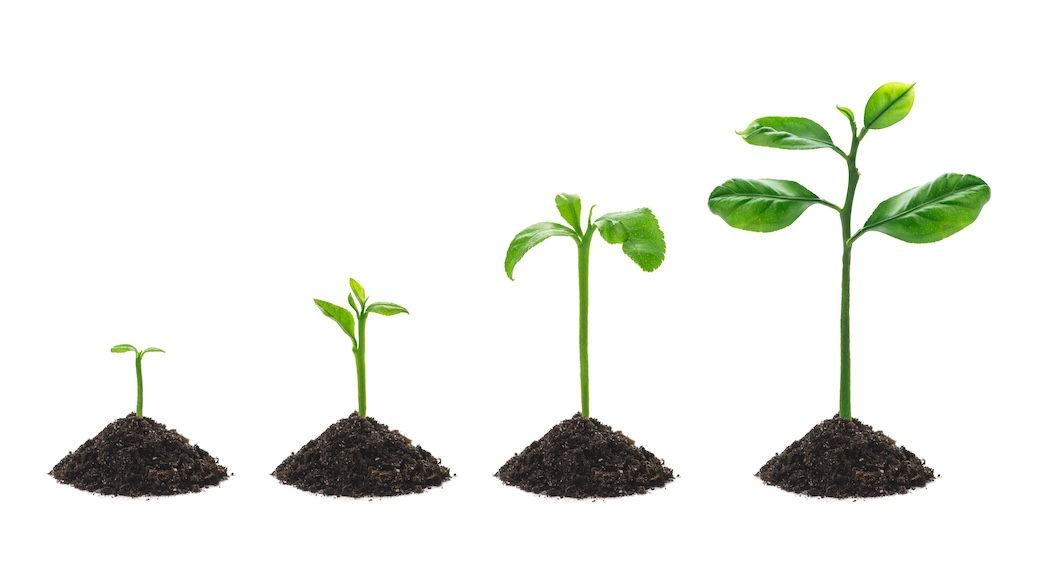Recognition is no longer a “nice-to-have” at work—it’s essential. In today’s hybrid workplaces, with asynchronous schedules and Slack messages replacing watercooler conversations, it’s easy for effort to go unnoticed. That’s why peer recognition has emerged as one of the most powerful drivers of daily performance.
We’re not talking about annual performance reviews or the occasional employee-of-the-month shoutout. We’re talking about real-time, authentic recognition between teammates—the kind that boosts morale, strengthens culture, and actually improves results.
Let’s explore why peer recognition matters more than ever, how it impacts performance on a daily basis, and how to create a culture where appreciation is as common as your morning coffee.
What Is Peer Recognition?
Peer recognition is the act of employees acknowledging and appreciating each other’s efforts, behaviors, or achievements—without waiting for a manager’s approval or a formal occasion.
It could be as simple as:
- A shoutout on Slack for someone who helped meet a tight deadline
- A thank-you note for support during a stressful week
- Public recognition in a team meeting for going the extra mile
When done right, peer recognition is timely, specific, and genuine—and it’s one of the easiest ways to build a workplace people love being part of.
Why Peer Recognition Beats Top-Down Alone
Top-down recognition (from managers or execs) is important. But relying solely on leaders to notice every contribution is unrealistic—and ineffective.
Here’s why peer recognition fills the gap:
1. It’s Immediate and Contextual
Your teammates see your work up close. They know when you took on that extra shift, fixed that buggy code, or calmed down a frustrated client.
That’s why peer praise tends to be faster and more accurate. It’s in the moment and tied to real effort, which makes it feel more meaningful.
2. It Encourages Daily Wins
Waiting for quarterly reviews or promotions to feel appreciated doesn’t cut it anymore. Employees crave small, frequent affirmations that what they’re doing matters.
A Gallup study found that employees who receive daily recognition are 3x more likely to be engaged than those who receive it only once a year.
3. It Strengthens Team Bonds
When teammates recognize each other, trust grows. Recognition isn’t just about performance—it’s about building psychological safety, collaboration, and belonging.
According to the 2024 Workhuman and Gallup report, employees who feel recognized by peers are 2.5x more likely to say their workplace culture is inclusive.
The Direct Link Between Recognition and Performance
Recognition is not just a feel-good gesture—it fuels hard results. Let’s look at how:
🚀 Boosts Motivation
When employees feel seen, they’re more likely to stay focused and engaged. A simple “thank you” or “great job” can re-energize someone after a long day.
🧠 A study by the American Psychological Association found that 93% of employees who feel valued are more motivated to do their best at work.
🧩 Reinforces the Right Behaviors
Recognition teaches people what good looks like. When peers acknowledge things like helpfulness, creativity, or resilience, those behaviors spread.
📊 Data from Workhuman shows that peer recognition can increase performance by up to 14%, especially when it’s tied to company values.
📉 Reduces Burnout and Turnover
Peer recognition combats isolation and work fatigue. Feeling appreciated reduces stress and improves well-being—which means fewer resignations.
💡 According to OC Tanner, recognition reduces employee burnout by 29% and improves retention by 41%.
📈 Increases Productivity
Happy, supported employees work smarter—not harder. Recognition has been linked to up to 22% higher productivity, especially when it’s part of the daily workflow.
The secret? Recognition reinforces focus. When employees know their efforts will be noticed, they’re more likely to put in that extra bit of effort every day.
Real-Life Examples of Peer Recognition Impact
Still skeptical? Here are some stories (and stats) from companies that made peer recognition a part of their culture:
✨ Atlassian
With thousands of employees across the globe, Atlassian uses peer-to-peer tools like Karma to enable public shoutouts. They’ve reported stronger cross-functional collaboration and improved employee satisfaction scores.
🧡 Zappos
Zappos employees can award colleagues with “Zollars” (Zappos dollars) to be used for internal perks. The result? A retention rate 35% higher than the industry average.
🔄 Cisco
Cisco implemented a peer recognition platform that led to a 16% increase in employee engagement scores across the company. Their takeaway? Recognition is performance management.
How to Create a Culture of Peer Recognition
Want to boost daily performance in your organization? Here’s how to make peer recognition natural, frequent, and effective:
1. Make It Easy and Visible
Recognition shouldn’t be hidden in an HR system. Use tools like Karma in Slack or MS Teams to make appreciation quick, public, and fun.
💡 Tip: Create a #kudos or #highfive channel where people can post shoutouts regularly.
2. Train People to Recognize Well
Not everyone knows how to give good recognition. Help your team go beyond “good job” with these tips:
- Be specific: What exactly did the person do?
- Be timely: Acknowledge effort as close to the moment as possible.
- Be values-based: Tie praise to your company values when you can.
3. Normalize Recognition as a Habit
Incorporate peer recognition into regular routines:
- Start meetings with a “recognition round”
- Share weekly wins in newsletters
- Encourage “Thank You Thursdays” or similar rituals
The more it happens, the more it sticks.
4. Celebrate All Types of Wins
Big achievements are great, but don’t forget the everyday wins: helping a new hire, fixing a tiny bug, resolving a tricky email thread. These moments matter just as much.
5. Reward It (But Don’t Over-Monetize)
Small rewards can reinforce behavior—like digital badges or lunch vouchers. But keep the focus on genuine appreciation, not competition.
💬 Recognition should feel meaningful, not like a popularity contest.
Final Thoughts: Recognition Is Everyone’s Job
Leadership is no longer top-down—it’s all around. Every employee has the power to impact team performance, not just through their tasks, but through their words.
Peer recognition is more than praise—it’s a cultural multiplier. It tells your people: “I see you. I value you. We’re in this together.”
And when that message is shared daily, across roles and teams, it builds momentum. Engagement rises. Collaboration thrives. Performance soars.
Because when employees recognize each other, everyone performs better.
Ready to Make Peer Recognition Effortless?
Karma makes it easy to build a culture of appreciation right where your team already works—on Slack, MS Teams, or web. From shoutouts to leaderboards to values-based recognition, it’s all at your fingertips.
👀 Try Karma for free and see how one thank-you a day can change your team’s performance in a big way.


 The Role of Managers in Scaling a Recognition-First Culture
The Role of Managers in Scaling a Recognition-First Culture